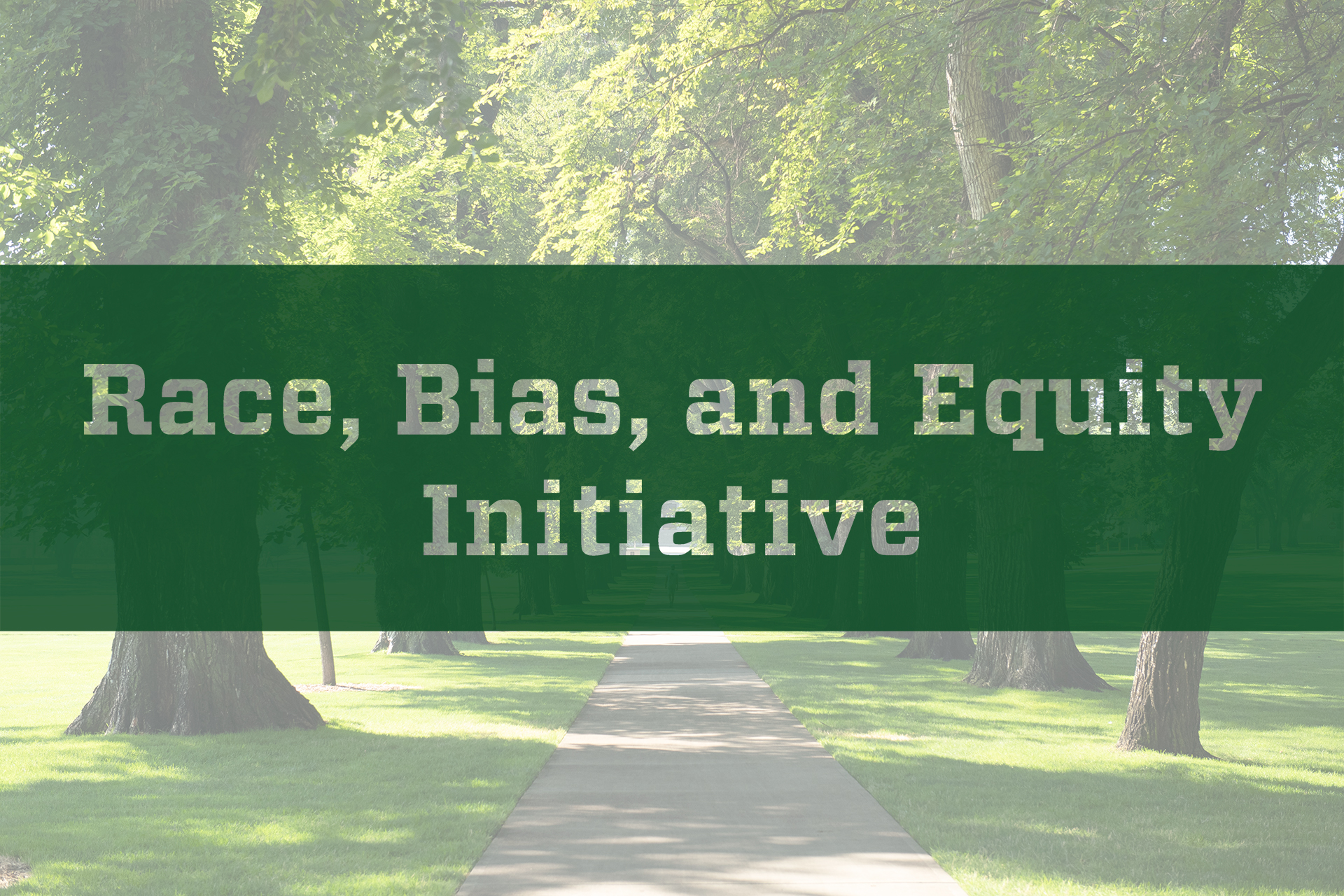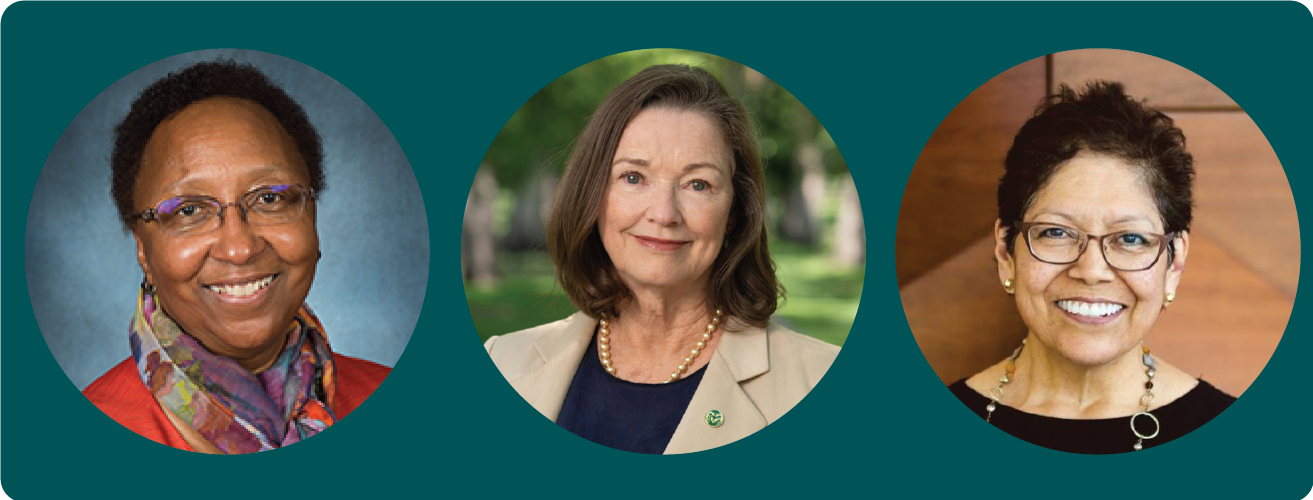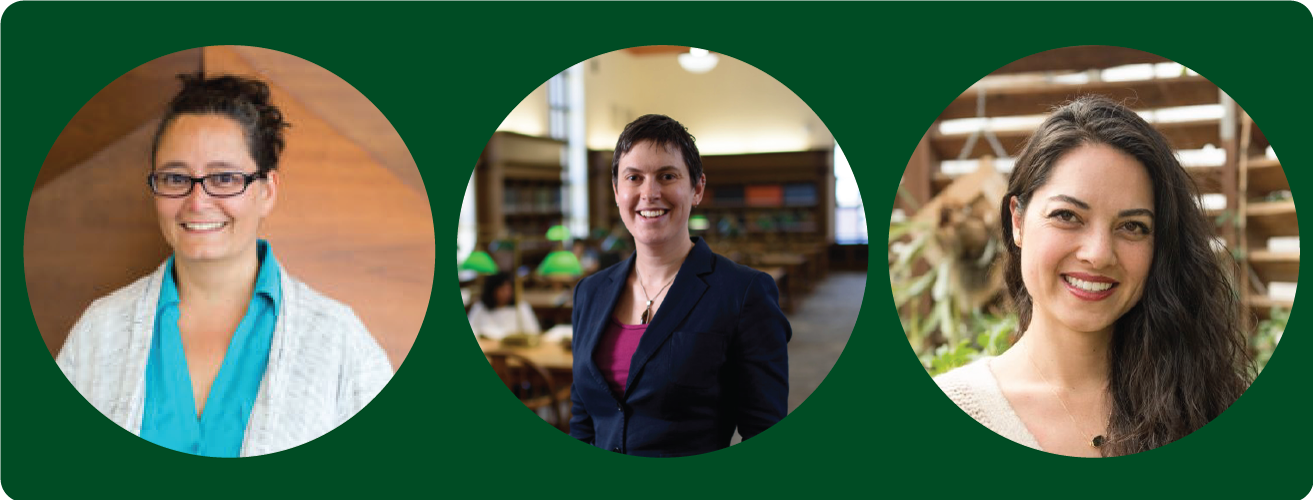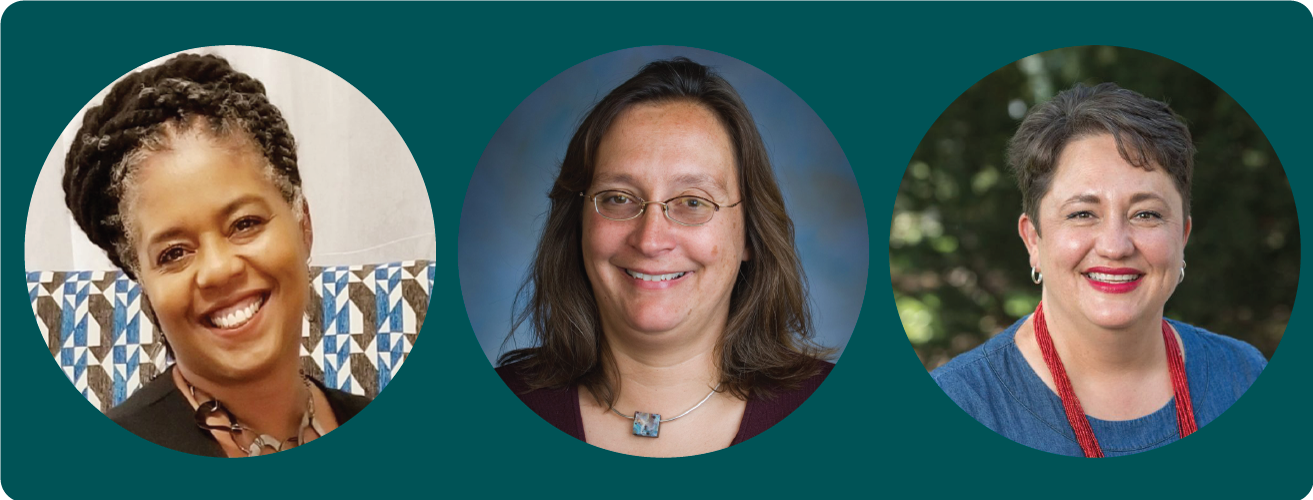
When it comes to advancing meaningful inclusion and equity work at any large institution, commitment and buy-in must be established at every level, from leadership to entry level staff and each level in between. But how do you establish these critical connections within an organization as large as Colorado State University, across 30,000+ students, 7,000+ faculty and staff, eight colleges, dozens of departments and offices, and countless affiliates?
That is just one of the many critical questions leaders, including the co-chairs of CSU’s Race, Bias, and Equity Initiative, have been grappling with this summer. Several events and conversations over the past year have revealed a disconnection between the ongoing and deeply rooted diversity, equity, and inclusion work being done at CSU and how these efforts are communicated to the university community.

Over the past 10 years, CSU has built significant momentum and buy-in around these efforts, but when organizations don’t clearly, actively, and frequently communicate about their efforts, it leaves room to assume they are doing nothing at all. Several CSU partners, including the Office of the Vice President for Diversity, the Division of Student Affairs, the Provost’s Office, and the Race, Bias, and Equity Initiative, are working to change this narrative in order to better represent and honor the countless hours, passion, and efforts employees and students have put toward diversity, equity, and inclusion.
New resources for communication
In an effort to better inform the CSU community on progress and goals related to diversity, equity, and inclusion, several new resources were created and launched this summer, with more planned for the future.
Diversity, Equity, & Inclusion Timeline: The timeline represents an overview of diversity, equity, and inclusion-related events and milestones that have occurred at Colorado State University over the past decade. This resource is not all encompassing; there are many earlier points not included such as the formation of the Student Diversity Programs and Services offices or all publicly reported bias incidents. What this new timeline aims to achieve is to provide a fuller representation of the challenges and progress as CSU works to be a university that is truly welcoming of all communities.
Student Demands Website: CSU has a long and rich history of student activism and involvement in equity, diversity and inclusion. Over the years, students have helped move the university forward through the organization of student recommendations and demands. This new website aims to increase transparency and communication about the progress that is being made toward meeting past demands, including what is being done, what is planned, and what obstacles are present.
Bias Reporting System Website: While the bias reporting system has been formally in place for a couple of years, this new web-based resource will house not only the reporting form, but publicly reported incidents of bias, aggregate reports on bias, and information about the Bias Reporting System and processes, all of which were located across several sites in the past.
Connecting student affairs, academics, and diversity
In addition to filling gaps in communication around diversity, equity, and inclusion efforts, CSU leadership identified the need to build more comprehensive networks across the university’s many offices, departments and employees to share resources, best practices and progress. As the Race, Bias, and Equity Initiative leaders looked to its second year, it became clear that RBEI could serve as an ideal home to connect these pathways.
The first step in this process was to build a new leadership team and structure for the initiative. As announced in April, Mary Ontiveros, vice president for diversity, was named co-chair of RBEI and joined Blanche Hughes, vice president for student affairs, in planning the next iteration of the initiative. In early August, CSU’s new provost, Mary Pedersen, enthusiastically joined the effort and accepted the role of the third and final RBEI co-chair, ensuring diversity, student affairs, and academics are in close partnership as the initiative continues forward.

A comprehensive group of Executive Leadership Team members will join the co-chairs to round out the initiative’s leadership, establishing an RBEI Council. RBEI will serve as an institutional hub for diversity work and the RBEI Council will center establishing equity-focused policies, processes and practices through their institutional authority and ties to the Executive Leadership Team.

Left to right: Blanche Hughes, vice president for student affairs; Mary Pedersen, provost and executive vice president; and Mary Ontiveros, vice president for diversity.
RBEI Council will regularly gather the chairs of all Presidential Leadership Groups, including task forces, commissions and councils. These critical conversations will enable the RBEI Council to understand the focus areas of each group and foster deeper connections and collaborations among the many DEI-related efforts occurring in these spaces.
Work on the three proposal themes selected during the first year of RBEI’s existence will continue autonomously, led by the proposal author teams with continued check-ins and support from the RBEI Council as needed. Updates will be shared through the Race, Bias, and Equity website and Twitter.
Deepening networks for connection and action
With a solid structure in place for the Race, Bias, and Equity Initiative, leadership from both RBEI and the Office of the Vice President for Diversity turned attention to strengthening and redefining existing channels for cross-university connection and action.
Commission on Diversity and Inclusion

Left to right: Kathy Sisneros, assistant vice president for student affairs; Karen Estlund, dean of the CSU Libraries; and Cori Wong, assistant vice president for diversity.
The Commission on Diversity and Inclusion was moved to the Office of the Vice President for Diversity, from its original home in the President’s Office, to establish a new focus and support structure. Three co-chairs were named to lead the commission representing student affairs, academics and diversity, mirroring the RBEI leadership structure.
Cori Wong, assistant vice president for diversity; Karen Estlund, dean of the CSU Libraries; and Kathy Sisneros, assistant vice president for student affairs, will lead the commission. CDI priorities will be informed by data and themes from resources such as the RBEI Council, student demands, student surveys, bias reports, employee climate surveys, retention and exit interviews, direct input from CSU community members, and more. Work will be accomplished through the establishment of cross-university work groups, who will coordinate their goals on a prescribed timeline. The CDI website will serve as a hub for updates and information about the commission’s progress.
Equity and Inclusion Network

Left to right: Bridgette Johnson, director of the Black/African American Cultural Center; Sue James, vice provost for faculty affairs; and Shannon Archibeque-Engle, assistant vice president for diversity.
The final piece of the puzzle to better connect equity, diversity, and inclusion work across the university was the Equity and Inclusion Network. Established in 2018 within the Office of the Vice President for Diversity, the network has functioned as a place for CSU employees with specific roles in diversity and inclusion to share resources and best practices. While these core elements of the Equity & Inclusion Network will continue, leadership has also identified new structures and goals.
The Equity and Inclusion Network will follow the model used by RBEI and CDI to more closely align key divisions on campus; three co-chairs representing student affairs, academics, and diversity. Shannon Archibeque-Engle, assistant vice president for diversity; Bridgette Johnson, director of the Black/African American Cultural Center; and Sue James, vice provost for faculty affairs, will lead the network and membership will continue to consist of one representative with official diversity, equity, and inclusion job responsibilities from each college and division. The network will remain a key committee within the Office of the Vice President for Diversity.
Recognizing that a large amount of equity work at CSU is done by individuals without official diversity job titles or responsibilities, the Equity and Inclusion Network will begin to convene Diversity, Equity, and Inclusion forums. Open to all CSU employees who serve on diversity-related committees in their units, the forums will be a space to share successful practices, learn from the expertise and leadership of the Office of the Vice President for Diversity and the Equity and Inclusion Network, and to align efforts across the university.
Interested employees are encouraged to register for the forum listserv to receive additional information as it is available.